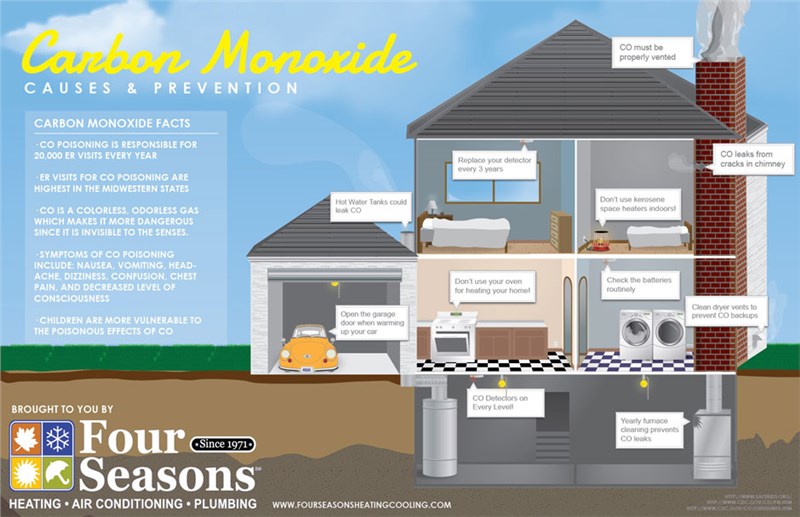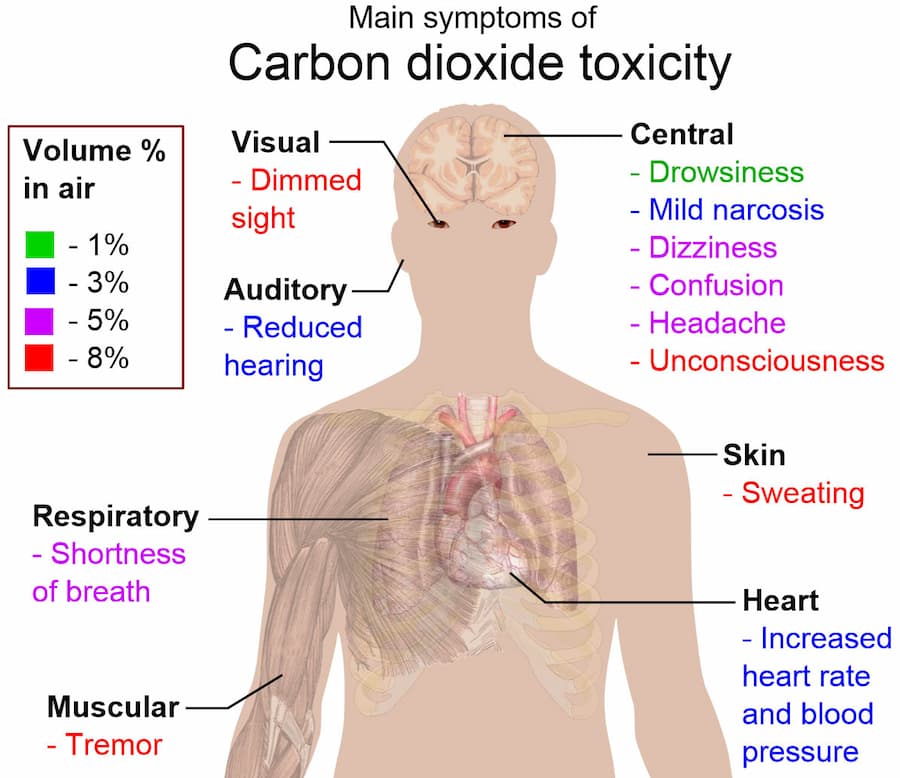Table Of Content

Carbon monoxide can also create effects that are unrelated to the supply of oxygen. In meat processing, carbon monoxide reacts with myoglobin and forms carboxymyoglobin, passing on a red appearance to the meat. This comes from the capacity of carbon monoxide to bind strongly to heme, an iron compound in hemoglobin, which carries oxygen to the tissues of the body.
Connect With A Redfin Agent
The oxygen will help remove the carbon monoxide from your blood. Doctors will take a sample of your blood to check for carbon monoxide. Protect yourself and your family by learning the symptoms of CO poisoning and how to prevent it. CO poisoning occurs when there’s a large amount of CO present in the air. The actual poisoning happens when you breathe in this air, especially if you’re in a place that isn’t well ventilated. Researchers have found that inhalation of low doses of carbon monoxide can protect against further lung injury.
Emergency care
Gas stoves also produce low levels of carbon monoxide when set to a low setting during regular use. Even lower levels of exposure, however, can cause long-term adverse effects on the heart, brain, and nerves if the exposure is prolonged. Children, people who smoke, and those with heart and lung conditions are at an increased risk of carbon monoxide poisoning.
Find a Treatment Center
There are steps you can take to help protect yourself and your household from CO poisoning. A doctor or nurse will take a blood sample to determine the amount of CO in your blood. Once CO levels increase to 70 parts per million (ppm) and above, symptoms become more noticeable.

If you cannot avoid using an unvented gas or kerosene space heater, carefully follow the cautions that come with the device. Use the proper fuel and keep doors to the rest of the house open. Crack a window to ensure enough air for ventilation and proper fuel-burning. Symptoms of carbon monoxide poisoning vary depending on the severity of exposure and the overall health of the person. Carbon monoxide (CO) is a poisonous, odorless, and colorless gas.
The Best Way to Clear a Burning Plastic Smell in the House - Family Handyman
The Best Way to Clear a Burning Plastic Smell in the House.
Posted: Mon, 24 Jul 2023 07:00:00 GMT [source]
Symptoms of Carbon Monoxide Poisoning
Inhaling carbon monoxide outdoors is also a concern for those with heart disease. If you or members of your household experience waves of nausea or vomiting, especially all at the same time, get to fresh air right away. According to the Cleveland Clinic, mild nausea can signal low levels of exposure, while extreme nausea and vomiting are a signal of more severe CO poisoning. As common as carbon monoxide poisoning is, there is a lot we still do not understand about this condition.
“Make sure combustion-powered appliances are in good working order, and are vented to the outside,” Smeltzer says. It’s a code violation for your dryer to vent into the attic, but it happens more than you think. Have your furnace checked annually to make sure dangerous gases don’t build up indoors. When you see the healthcare provider, note that history is more important than symptoms. The most important way to recognize carbon monoxide poisoning is by recognizing the danger signs of behaviors leading up to the moment that symptoms started appearing.
Since many of these symptoms are similar to those of the flu, food poisoning, or other illnesses, you may not think that CO poisoning could be the cause. The symptoms of carbon monoxide poisoning may look like other medical conditions or problems, including the flu or food poisoning. There is very little evidence-based treatment for carbon monoxide poisoning. Most options focus on removing the carbon monoxide as quickly as possible. According to the EPA, every floor of your home, including the basement, should have a CO detector.
Severe exposure can result in brain and heart damage and can be fatal. Heart damage, including coronary heart disease, can result from prolonged exposure. In severe cases, a person may also experience urinary or fecal incontinence. The most common symptoms of CO poisoning are headache, dizziness, weakness, nausea, vomiting, chest pain, and confusion. People who are sleeping or who have been drinking alcohol can die from CO poisoning before ever having symptoms. The best way to treat CO poisoning is to breathe in pure oxygen.
At least 11 people died and more than 1,400 residents sought emergency care for carbon monoxide poisonings during the storm, data shows. Faulty gas appliances, motor vehicles, and some cleaning products can lead to CO poisoning. Ensuring that any such items are in good working order and installing CO alarms throughout indoor spaces can help prevent CO poisoning. The most common symptom of CO poisoning is a tension-like headache.
Landlords are required to provide them in some states and cities. Fire safety experts recommend installing one in the hallway outside every sleeping area and on every level of the house. Because carbon monoxide is light, alarms should be placed on a wall 5 feet above the floor, according to the U.S. Alarms should be tested at least once a month and batteries should be replaced twice a year.
Their poop and parts of their bodies can settle in the dust on your floors, bedding, and furniture. When you breathe those irritants in, it can trigger allergies and breathing problems, including asthma. It helps to keep your house as clean and dry as possible, especially fabrics and carpet.
With carbon monoxide poisoning, symptoms involve parts of the body that require oxygen most, namely the heart and the central nervous system (CNS). Initial carbon monoxide poisoning symptoms typically include nausea, malaise, fatigue, and a dull but persistent headache. This article discusses the symptoms of carbon monoxide poisoning and how it’s diagnosed. It can be largely avoided with inexpensive yet effective carbon monoxide alarms installed in the home. Some are white and round, similar to smoke detectors, while others are rectangular. Any approved device should clearly be labeled “carbon monoxide alarm.” You still need a carbon monoxide alarm if you have a smoke detector, but combination units are available.
Children, pregnant women, older adults, and/or those with chronic illness may be affected more severely and rapidly. People who are sleeping or intoxicated can die from carbon monoxide poisoning before they ever become aware of their symptoms. The best way to detect if you have unsafe levels of the poisonous gas in your home is to have a working carbon monoxide monitor, which will sound an alarm if you're in danger. Here’s what you should know about carbon monoxide and how to keep your family and home safe, especially during power outages.
Improper use or maintenance of these devices can cause CO to build up to deadly levels in your home. Early symptoms can include headache, dizziness and nausea, similar to the flu. At higher levels of exposure, it can produce vomiting, weakness, shortness of breath, chest pain and confusion. Without immediate treatment, people can lose consciousness and die. Some CO detectors have been laboratory-tested, and their performance varied.
No comments:
Post a Comment